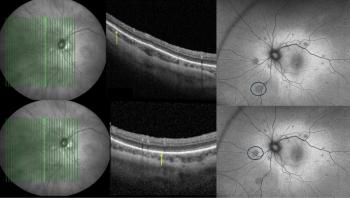
Promising results for new quality of vision metric
It is mandatory to develop precise , reproducible and accurate methodologies to obtain objective measurements of quality of vision, namely night vision, in order to create surgical techniques that will eliminate post-refractive vision disturbances, Joachim Murta said.
It is mandatory to develop precise , reproducible and accurate methodologies to obtain objective measurements of quality of vision, namely night vision, in order to create surgical techniques that will eliminate post-refractive vision disturbances, Joachim Murta said.
He added that a study conducted with a new quality of vision metric showed promising results.
Dr Murta of the University Hospital Coimbra, Portugal, performed a prospective study to evaluate the quality of vision in patients undergoing LASIK with either Planoscan or Zyoptix, using a new methodology called Mesopic High Resolution Perimetry. "It uses a frequency doubling technique which is relatively independent of optical factors," said Dr Murta.
The study evaluated contrast sensitivity in patients submitted to LASIK. Mesopic High Resolution Perimetry analysed central vision, while a Optical Quality Analysis System (OQAS) tested peripheral vision.
40 eyes with less than 6 D of myopia and 1.5 D of astigmatism were included. Group I were treated with Planoscan while Group II were treated with Zyoptix. Pre- and postoperative spherical equivalent, mean keratometry, age, OZ, RST, pupil size, aberrometry and subjective rating of night vision complaints were evaluated.
A decreased contrast sensitivity was noted in myopes compared with normal population (p
Dr Murta concluded that the preliminary results obtained are promising for the evaluation of the quality of vision under mesopic conditions.
Ophthalmology Times Europe reporting from the XXIV Congress of the ESCRS, London, 9-13 September, 2006.
Newsletter
Get the essential updates shaping the future of pharma manufacturing and compliance—subscribe today to Pharmaceutical Technology and never miss a breakthrough.













































